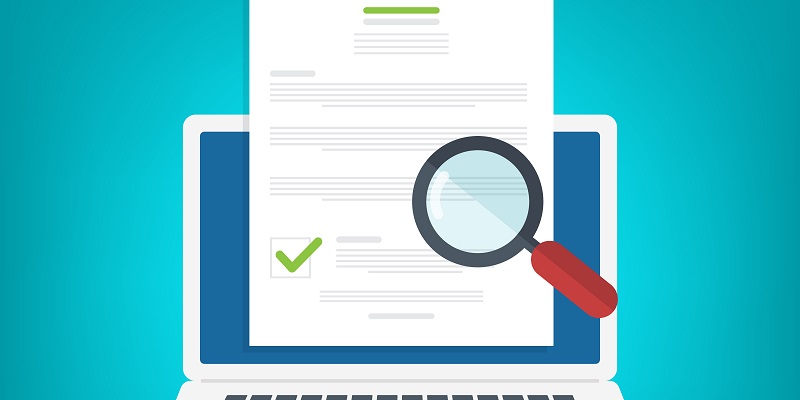The U.S. Citizenship and Immigration Services (USCIS) has recently released an updated version of Form I-9, which is a vital document used by employers to verify the identity and employment eligibility of their employees. This updated form includes a new checkbox that allows employers to indicate the use of alternative verification procedures. Importantly, USCIS has approved one such procedure, which involves remote documentation and verification through live video for E-Verify participant employers in good standing. With the previous edition of the form set to expire in July 2026, let’s explore the intricacies of these changes and their implications for employers.
Changes in the Updated Form I-9
The updated Form I-9 now includes a checkbox for employers to mark when an alternative verification procedure has been used. This change reflects the growing acceptance of remote verification methods, thereby streamlining the employment verification process. Notably, USCIS has approved one alternative verification procedure: E-Verify participant employers may utilize remote documentation and verification via live video.
Transition Period for the Previous Edition of Form I-9
To ensure a smooth transition, USCIS has announced that the previous edition of Form I-9 will continue to be accepted through October 31, 2023. This grace period allows employers sufficient time to adjust to the updated requirements and update their processes accordingly.
Temporary Flexibility for Remote Document Verification
USCIS has granted temporary flexibility for employers to conduct remote document verification due to the COVID-19 pandemic. However, this temporary flexibility is set to end soon. Employers will need to adjust their processes to comply with the updated form and explore alternative verification methods.
Impact of Remote Verification for E-Verify Users
The continued availability of remote verification for certain E-Verify users marks a significant development in immigration compliance. This change is likely to have a profound impact on how employers undertake the I-9 process. Recognizing the significance of this shift, Avram Morell, a partner at Pryor Cashman, remarked that it is “probably the biggest thing to happen in immigration compliance in many, many years.”
Benefits of the Alternative Verification Process
The introduction of the alternative verification process brings several benefits for employers. Firstly, it can help reduce costs associated with staffing individual worksites with personnel familiar with the I-9 process or relying on vendors for physical document examination. By conducting remote verification, employers can save time, effort, and financial resources.
Best Practices for Employers Using the Alternative Process
To ensure compliance with the alternative verification process, employers are encouraged to maintain copies of employees’ documentation, both front and back, as evidence of a thorough inspection. Additionally, documenting the live video aspect of the process through methods such as printing meeting invitations or capturing snapshots of the video call can serve as valuable evidence in case of future audits or inquiries.
The updated Form I-9 introduces a checkbox for businesses to indicate the use of an alternative verification procedure and ushers in the option of remote documentation and verification via live video. As employers adapt to these changes, they must be mindful of the transition period, temporary flexibility, and best practices associated with the alternative process. Embracing remote verification methods not only helps employers save costs, but also ensures a streamlined and efficient employment verification process in an increasingly digital age. Employers should stay informed about updates in immigration compliance and implement the necessary changes to meet regulatory requirements.

